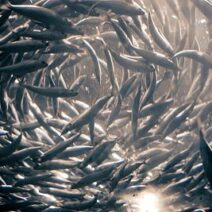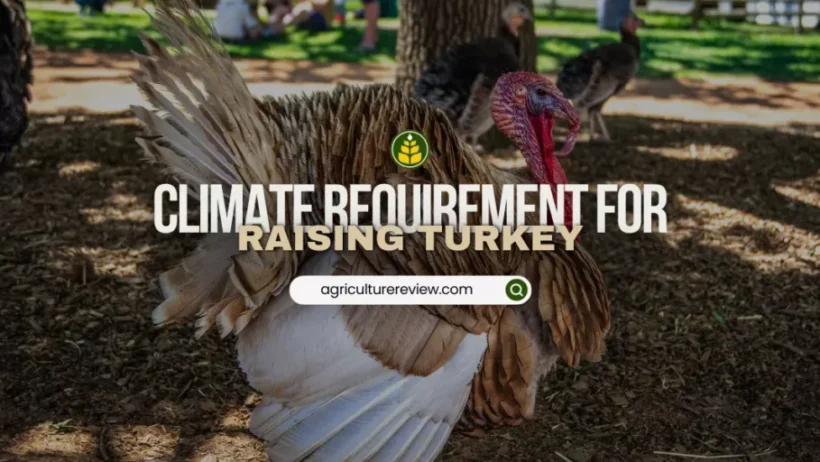Raising turkeys is akin to cultivating a fine vineyard; both require a harmonious interplay between environmental conditions and animal welfare. As with grapevines that thrive in specific climates, turkeys too are sensitive to their surroundings. Understanding what climates are conducive for turkey farming is pivotal for both productivity and sustainability, ensuring that these magnificent birds flourish for generations to come.
Climate, much like a silent conductor in an orchestra, influences every facet of turkey raising. Temperature, humidity, wind patterns, and even sunlight play crucial roles in determining the wellbeing of these birds. A careful examination reveals the spectrum of climates that can support turkey farming, ultimately fostering an environment where these creatures can thrive.
Let us delve into the various climatic zones suitable for turkey farming and explore the nuances of each.
Optimal Temperature Levels for Turkey Raising
Turkeys, with their majestic plumage and robust bodies, are more than just resilient; they are remarkably adaptive
to a myriad of climates, though they operate best within certain thermal parameters. Ideally, turkeys thrive in temperatures ranging from 55°F to 75°F (13°C to 24°C). The ideal scenario is a mild, temperate climate—one that envelops the birds in warmth without subjecting them to extreme heat.
When the mercury begins to rise above 80°F (27°C), turkeys can become lethargic, displaying signs of heat stress. To mitigate these adverse effects, farmers can implement a variety of strategies such as installing shade structures and ensuring ample access to cooler areas. Conversely, during frigid spells, temperatures dipping below 20°F (-6°C) can be detrimental. Thus, it is crucial to provide insulated shelters that can keep turkeys warm while allowing adequate ventilation.
The Balance of Humidity and Moisture
Humidity is another key player in the climate puzzle. Turkeys require moderate humidity levels, ideally between 40% and 70%. Excess moisture can lead to a proliferation of pathogens and respiratory ailments, which can wreak havoc on the wellbeing of the flock. Conversely, excessively dry conditions can exacerbate dust and irritants, causing discomfort and health issues.
Farmers in regions with fluctuating moisture levels, such as those impacted by monsoon seasons or arid spells, must be particularly astute. Employing humidifiers in arid climates or dehumidifying systems in damp areas can help maintain the delicate balance that is so crucial for the birds. An optimal indoor environment is essential; it can be the difference between a thriving flock and one riddled with challenges.
Fresh Air and Natural Light: The Unsung Heroes
While temperature and humidity often steal the limelight, fresh air and natural light are equally important in the equation of successful turkey farming. Adequate ventilation is necessary to ensure that birds are not subjected to stagnant air, which can harbor pathogens. The creation of outdoor runs is not just a luxury; it is an essential component in promoting healthy behaviors and ensuring that turkeys have space to roam free, explore, and engage in natural foraging behaviors.
Natural light plays a transformative role in maintaining the birds’ circadian rhythms and overall health. Facilitating sunlight exposure in turkey pens can significantly boost vitamin D synthesis, which is essential for their metabolic processes. Farmer ingenuity in creating spaces that harness sunlight can lead to healthier, more robust birds.
Geographic Considerations: Choosing the Right Location
When choosing a locale for turkey farming, geographic conditions play a monumental role in the success of the enterprise. Generally, temperate regions—those characterized by four distinct seasons—tend to create an optimal environment for turkeys. Areas adjacent to deciduous forests or grasslands provide not only the right climate but also natural shelters and a diverse diet. Regions with rich soil can yield abundant feed, contributing to the overall health and productivity of the flock.
From the sun-drenched plains of the Midwest to the temperate octaves of the Northeast, farmers must choose wisely, considering both climate and geography to optimize their farming practices.
Sustainability: Confronting Climate Change
The specter of climate change introduces a cascade of challenges for turkey farming. As temperatures rise and weather patterns shift, farmers must adapt with innovative strategies that utilize sustainable practices to counteract adverse effects. The integration of renewable energy sources and water conservation techniques can mitigate the impact, while also promoting better health standards for turkeys.
Moreover, embracing diversity in farming practices, such as rotational grazing or agroforestry systems, can bolster not just the farm’s resilience against climate variability but also enhance biodiversity, creating a more robust system overall.
Concluding Thoughts: The Dance of Nature and Nurture
The interrelationship between climate and turkey farming is intricate, each element delicately balanced in a dance of nature and nurture. Understanding the optimal conditions for raising turkeys is critical not just for the health of the birds but also for the sustainability of the farming practice itself. By paying attention to the climate’s nuances and making informed decisions, farmers can cultivate a flourishing environment for their turkeys, enhancing both productivity and wellbeing.
In this ongoing pursuit, there lies an opportunity—an opportunity to embrace a more conscious approach to farming, one that respects and harmonizes with the rhythms of nature. In doing so, we not only ensure the success of our agricultural endeavors but also preserve the precious balance of our shared ecosystem.








